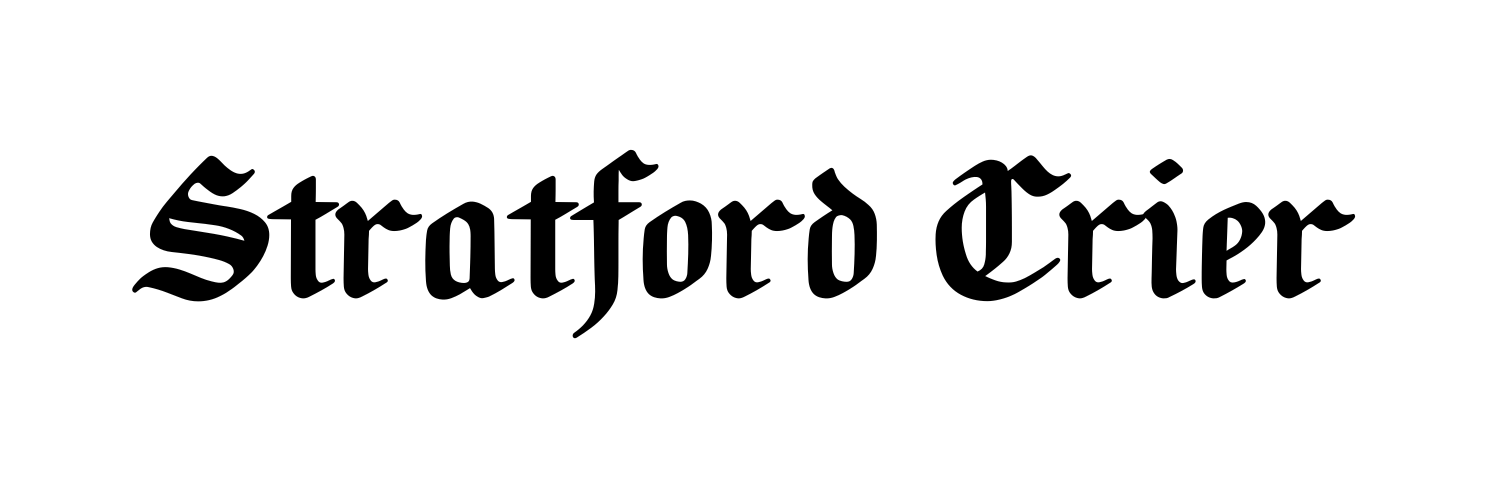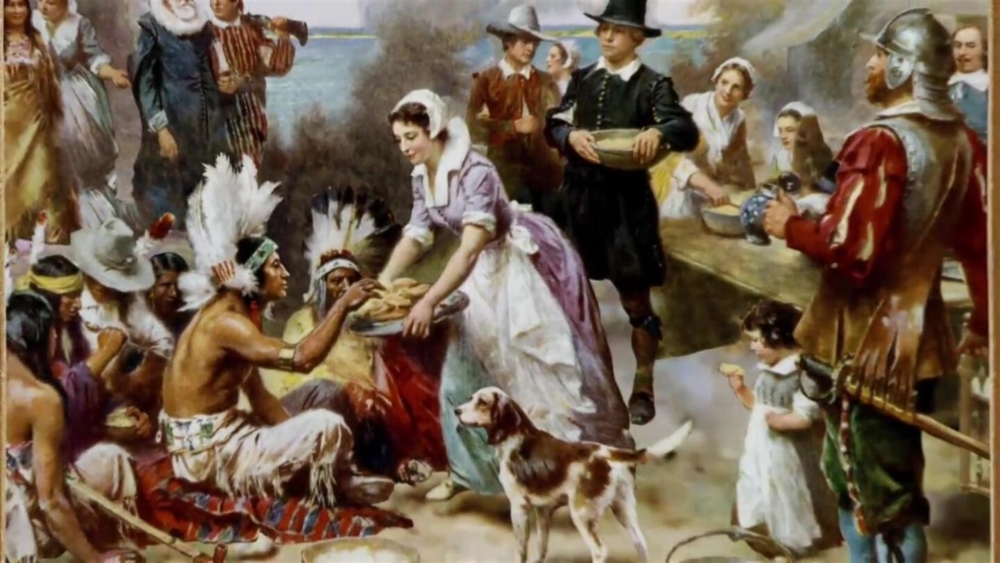Thanksgiving Facts and Fiction
Sources: History.com
In November 1621, after the Pilgrims’ first corn harvest proved successful, Governor William Bradford organized a celebratory feast and invited a group of the fledgling colony’s Native American allies, including the Wampanoag chief Massasoit. Now remembered as American’s “first Thanksgiving”—although the Pilgrims themselves may not have used the term at the time—the festival lasted for three days.
For many Americans, the Thanksgiving meal includes seasonal dishes such as roast turkey with stuffing, cranberry sauce, mashed potatoes and pumpkin pie. But what was really on the menu at the famous banquet, and which of today’s time-honored favorites didn’t earn a place at the table until later in the holiday’s 400-year history?
In “On Plymouth Plantation,” Bradford’s famous account of the founding of Plymouth Colony, he remarked of the fall harvest that year that: “there was great store of wild turkeys, of which they took many, besides venison, etc.” Wild—but not domestic—turkey was indeed plentiful in the region and a common food source for both English settlers and Native Americans. But it is just as likely that the fowling party returned with other birds we know the colonists regularly consumed, such as ducks, geese and swans. Instead of bread-based stuffing, herbs, onions or nuts might have been added to the birds for extra flavor.
While no formal record exists, of what happened at the first Thanksgiving. Pilgrim chronicler Edward Winslow, wrote:
“Turkey or no turkey, the first Thanksgiving’s attendees almost certainly got their fill of meat.” Winslow wrote that the Wampanoag guests arrived with an offering of five deer. Culinary historians speculate that the deer was roasted on a spit over a smoldering fire and that the colonists might have used some of the venison to whip up a hearty stew.
The 1621 Thanksgiving celebration marked the Pilgrims’ first autumn harvest, so it is likely that the colonists feasted on the bounty they had reaped with the help of their Native American neighbors. Local vegetables that likely appeared on the table include onions, beans, lettuce, spinach, cabbage, carrots and perhaps peas.
Corn, which records show was plentiful at the first harvest, might also have been served, but not in the way most people enjoy it now. In those days, the corn would have been removed from the cob and turned into cornmeal, which was then boiled and pounded into a thick corn mush or porridge that was occasionally sweetened with molasses.
Fruits indigenous to the region included blueberries, plums, grapes, gooseberries, raspberries and, of course cranberries, which Native Americans ate and used as a natural dye.
Culinary historians believe that much of the Thanksgiving meal consisted of seafood, which is often absent from today’s menus. Mussels in particular were abundant in New England and could be easily harvested because they clung to rocks along the shoreline. The colonists occasionally served mussels with curds, a dairy product with a similar consistency to cottage cheese. Lobster, bass, clams and oysters might also have been part of the feast. Colonist Edward Winslow describes the bounty of seafood near Plymouth:
“Our bay is full of lobsters all the summer and affordeth variety of other fish; in September we can take a hogshead of eels in a night with small labor, and can dig them out of their beds all the winter. We have mussels… at our doors. Oysters we have none near, but we can have them brought by the Indians when we will.”
Whether mashed or roasted, white or sweet, potatoes had no place at the first Thanksgiving. New England’s native inhabitants are known to have eaten other plant roots such as Indian turnips and groundnuts, which they may or may not have brought to the party.
Both the Pilgrims and members of the Wampanoag tribe ate pumpkins and other squashes indigenous to New England—possibly even during the harvest festival—but the fledgling colony lacked the butter and wheat flour necessary for making pie crust. Moreover, settlers hadn’t yet constructed an oven for baking. According to some accounts, early English settlers in North America improvised by hollowing out pumpkins, filling the shells with milk, honey and spices to make a custard, then roasting the gourds whole in hot ashes.
Who Attended the First Thanksgiving?
At the first Thanksgiving, colonists were likely outnumbered more than two to one by their Native American guests. Winslow writes: “many of the Indians coming amongst us, and amongst the rest their greatest king Massasoit, with some ninety men.” The preceding winter had been a harsh one for the colonists. Seventy-eight percent of the women who had traveled on the Mayflower had perished that winter, leaving only around 50 colonists to attend the first Thanksgiving. According to eyewitness accounts, among the pilgrims, there were 22 men, just four women and over 25 children and teenagers.

